Lawn & Tree Care Tips from the Good’s Team
Your go-to hub for seasonal lawn care, tree health tips, and pest prevention — so South Central PA homeowners can enjoy their yards without the stress.
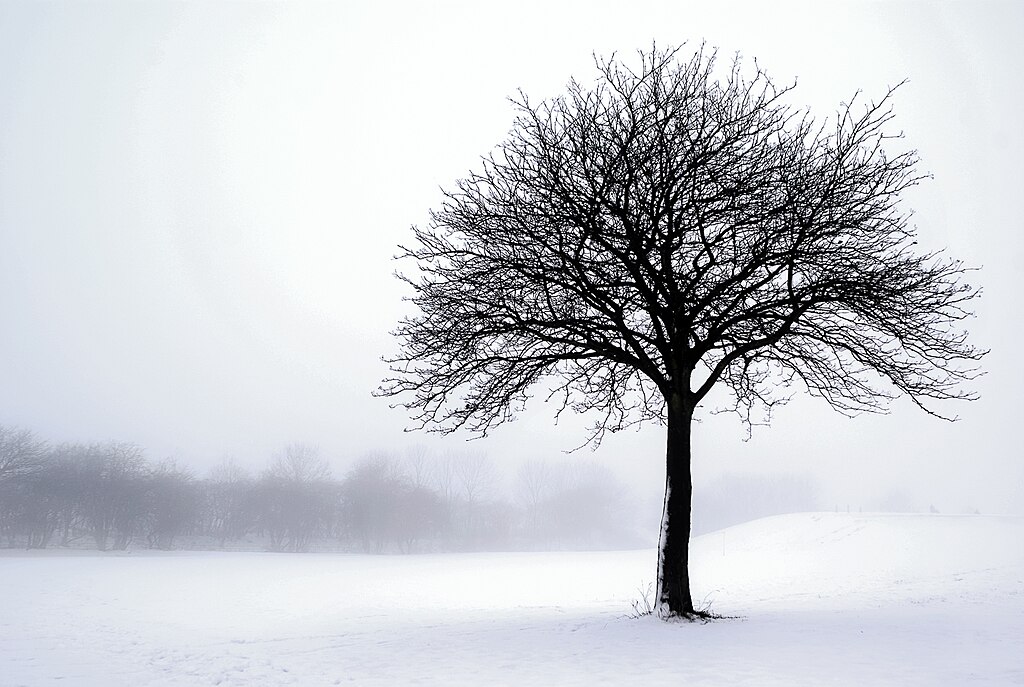
Dormant Pruning Guide for South Central PA Homeowners
Do your trees look like they need a little TLC, but you’re worried that anything you do...
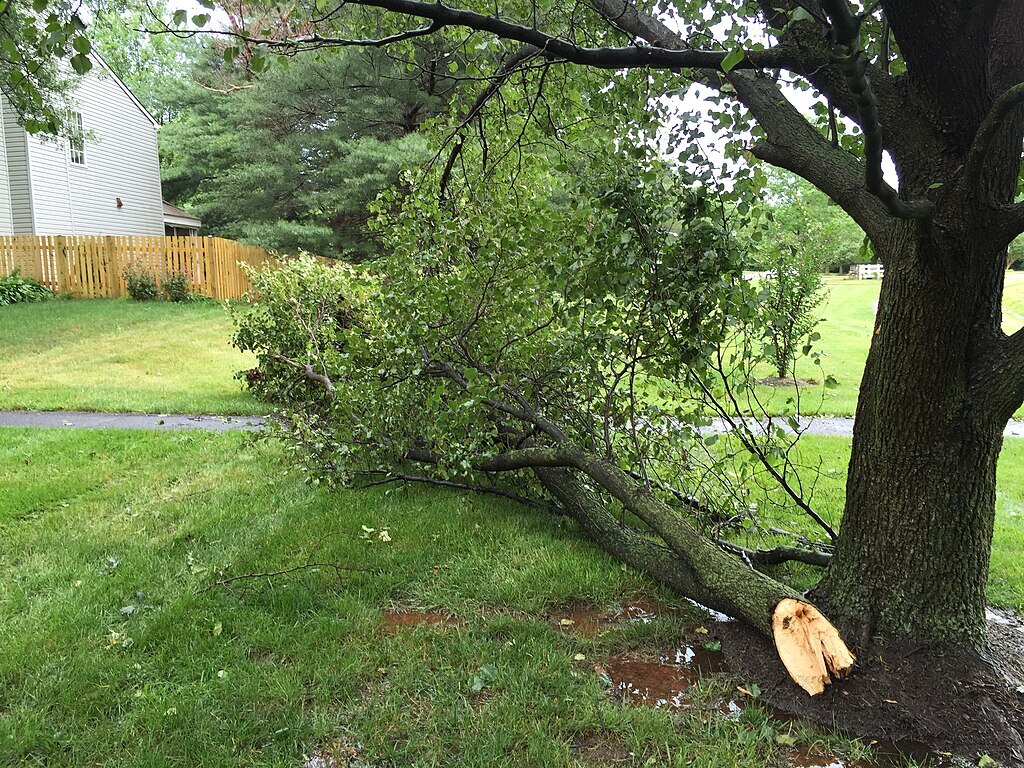
How to Handle a Storm Damaged Tree in South Central Pennsylvania
If a storm causes a tree on your property to crack under pressure, do you have a solid...
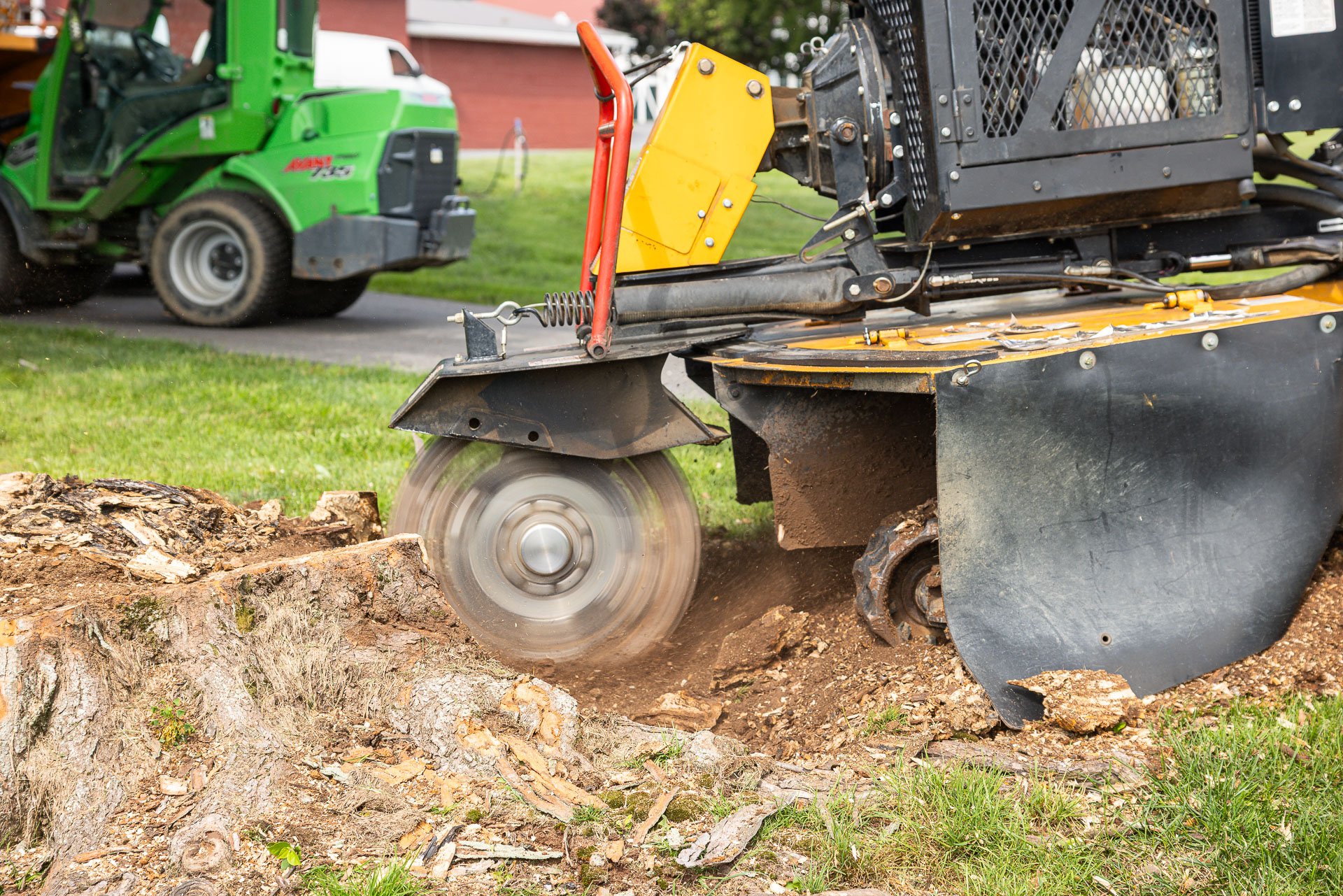
5 Big Reasons to Remove The Tree Stump in Your Yard
When it comes to tree removal, cutting corners by leaving behind the stump or trying to...
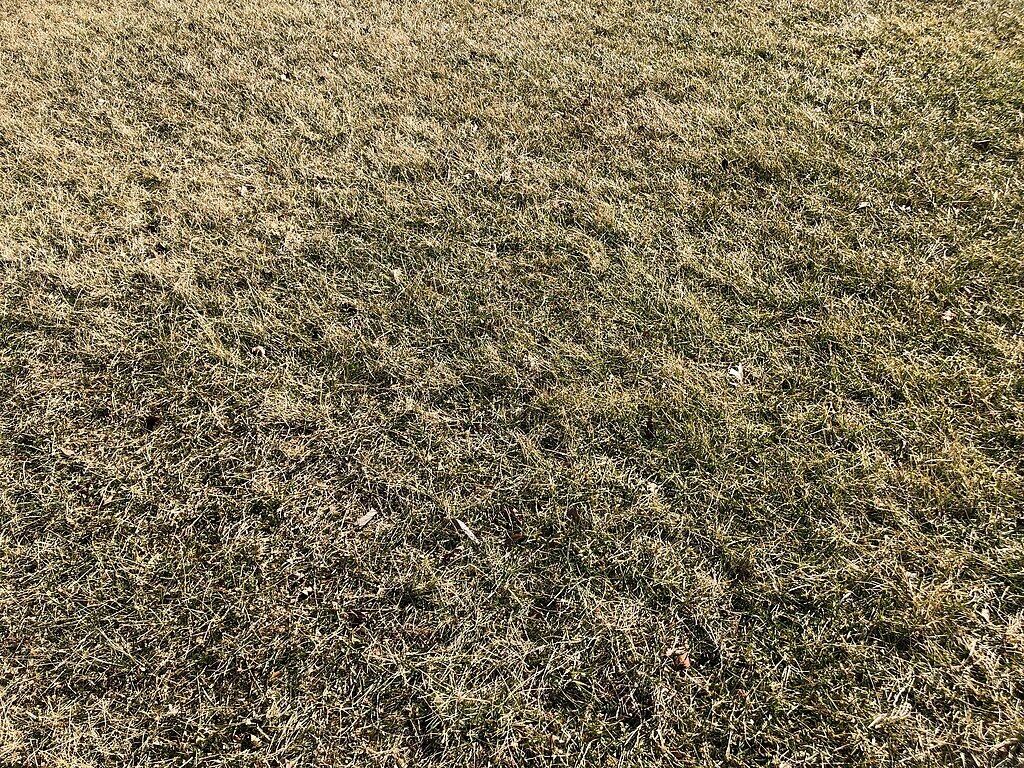
5 Tips for Winter Lawn Care in South Central PA
As the saying goes, “winter is coming,” and this year is no exception.
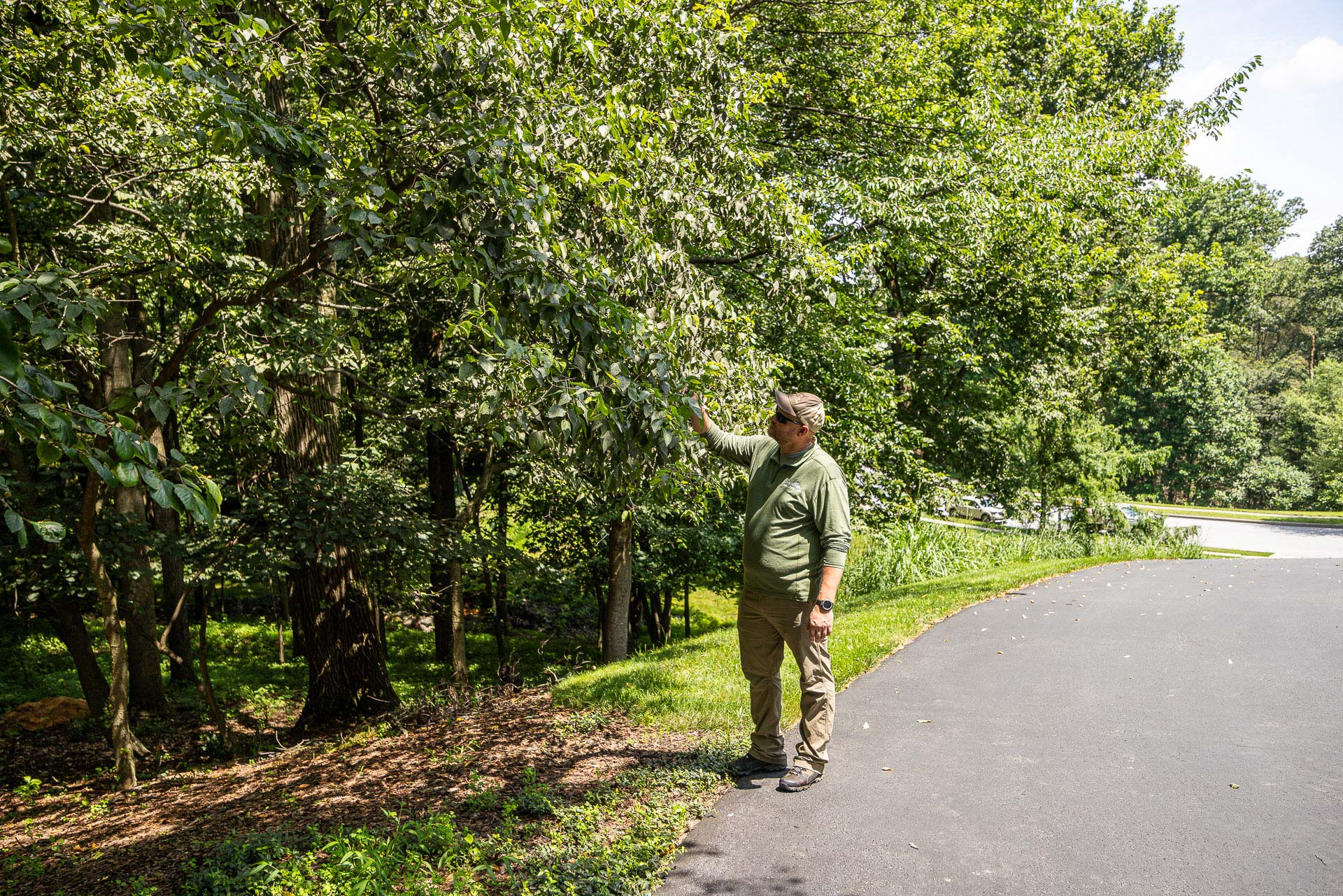
Knowing the Trees Around Us
When we know someone by name, we are more likely to care about them, they are no longer...
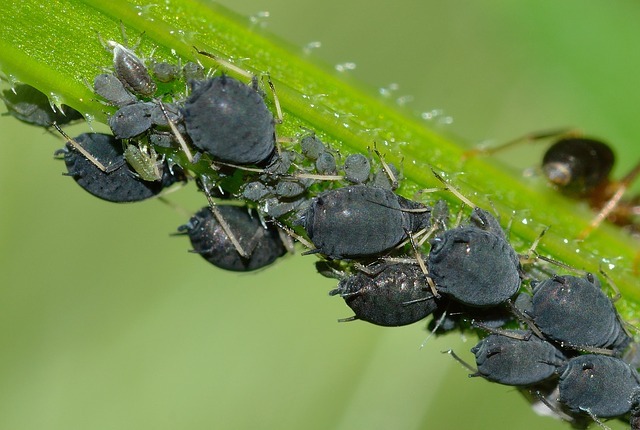
What’s Eating Your Plants?
As Pennsylvanians, we are blessed to have a climate that sustains the growth of a variety...
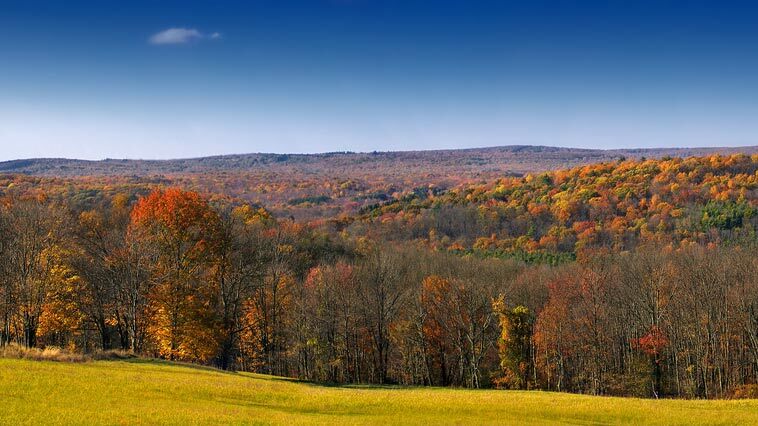
The Best Pennsylvania Trees for Fall Color
In Pennsylvania, as the days shorten in autumn and the temperatures break, deciduous...
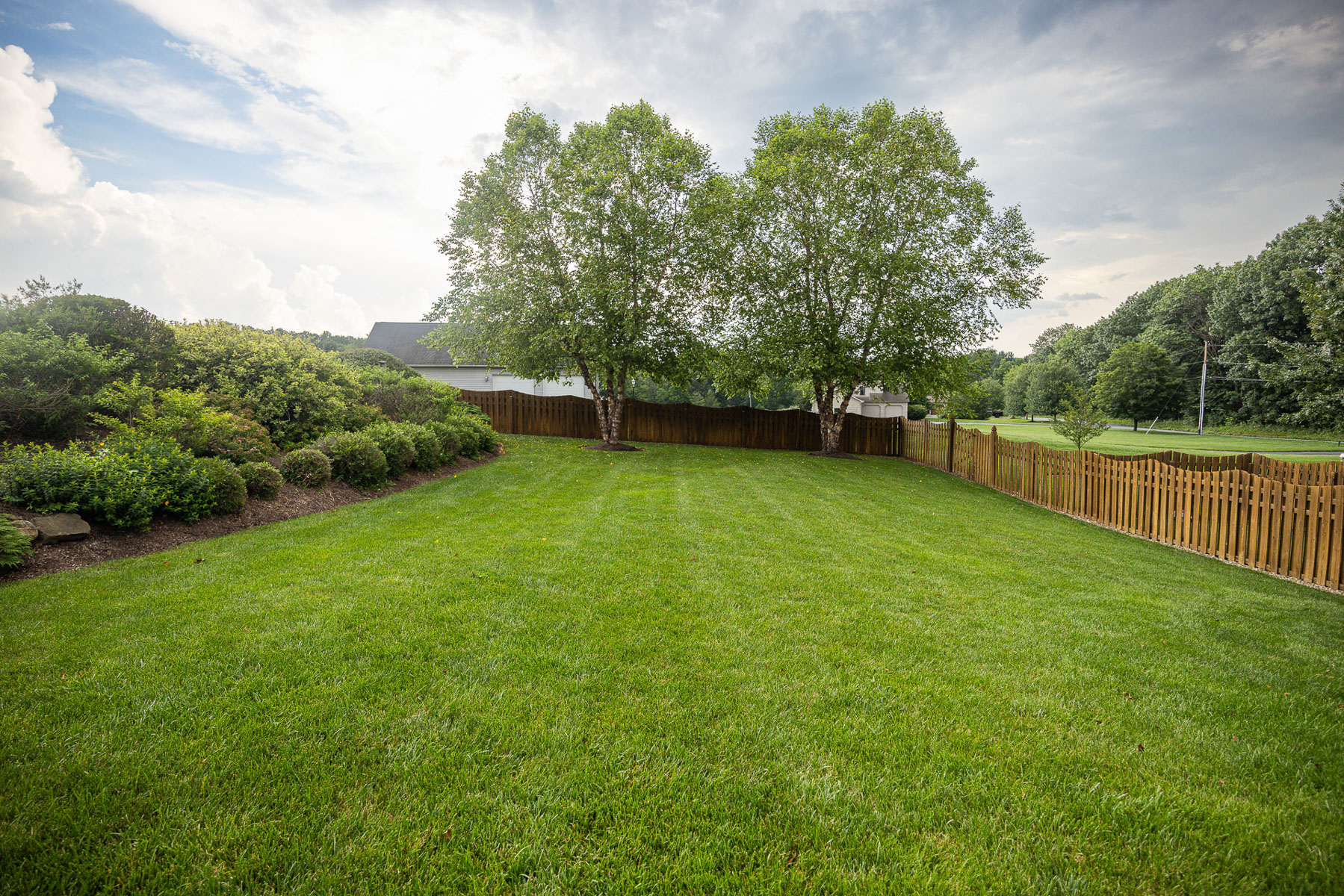
When Should You Aerate Your Pennsylvania Grass?
Simple, regular maintenance tasks can go a long way in creating a thicker, healthier...
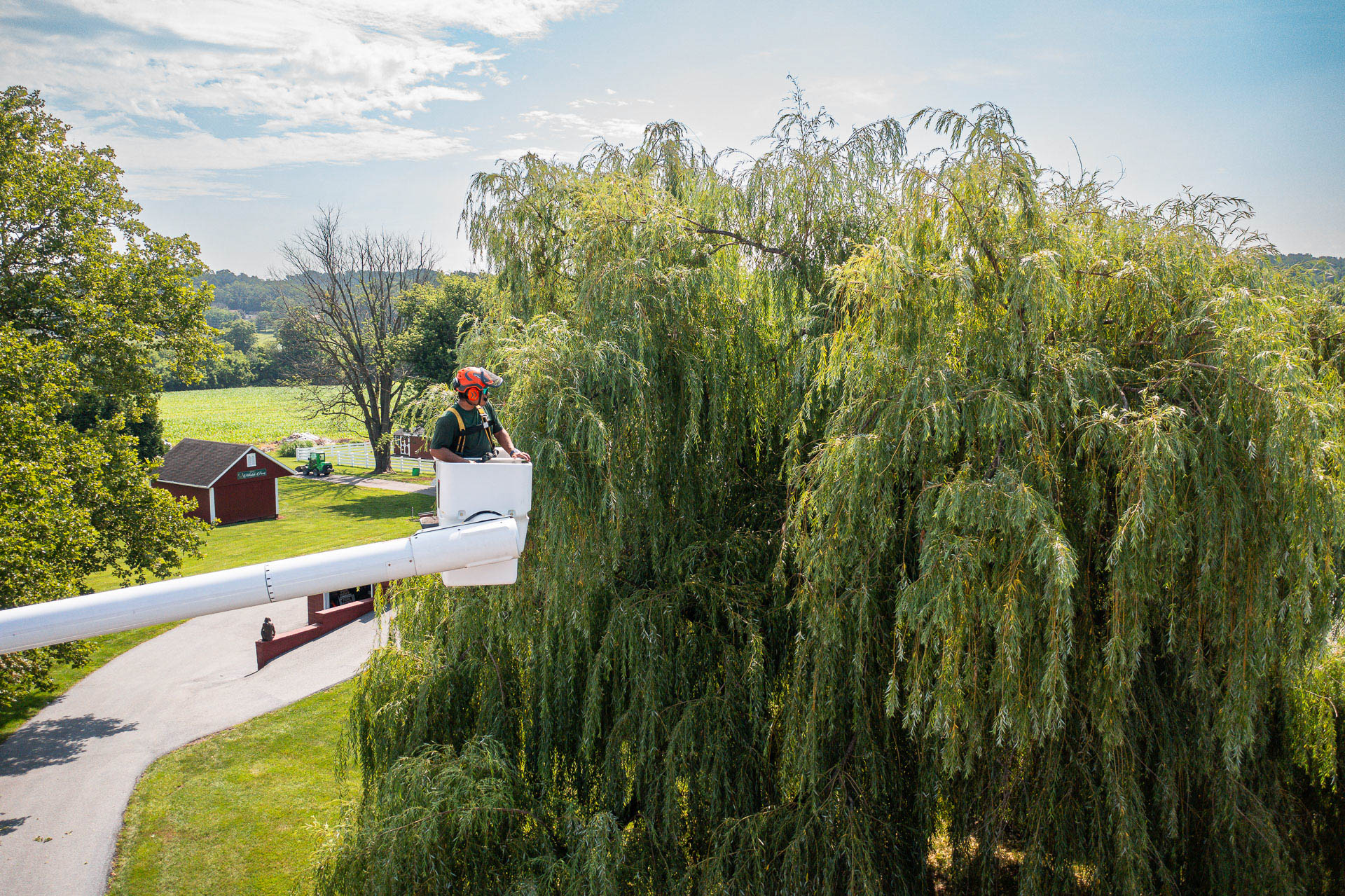
Some of Our Favorite Pennsylvania Trees
The State of Pennsylvania is a great place for trees. Even the name means “Penn’s woods.”...
.png?width=429&height=204&name=Goods%20Tree%20Care%20Logo%202%20(2).png)
.png?width=300&height=143&name=Goods%20Tree%20Care%20Logo%202%20(2).png)